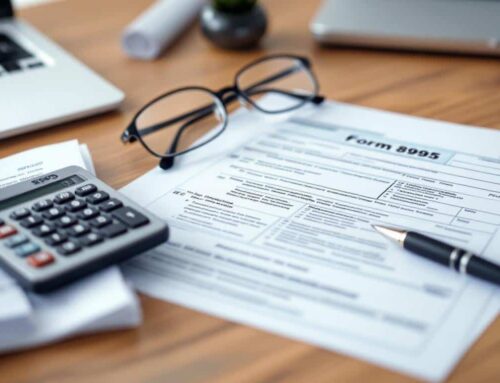Hello everyone! I’m Bette Hochberger, CPA, CGMA. Today I will be discussing tax planning for businesses, and the best strategies to minimize tax liabilities.
In the complex world of business finance, taxes represent one of the most significant expenses. Effective tax planning, however, can provide avenues for businesses to not only comply with the law but also strategically reduce their tax liabilities.
As a seasoned CPA, I’ve assisted numerous businesses in refining their tax strategies. Below, I’ll outline key tactics that can help enterprises minimize their tax burdens while ensuring compliance.
Leverage Depreciation
Many tax codes allow businesses to deduct the cost of tangible assets over time. By accelerating depreciation, especially in the earlier years of an asset’s life, businesses can offset their income and lower their tax bills.
Maximize Tax Credits
Tax credits can offer dollar-for-dollar reductions in your tax bills. It’s crucial to be aware of any available credits, be it for research and development, green initiatives, or employment practices. Staying informed ensures you don’t leave money on the table.
Utilize Tax-deferred Retirement Plans
Contributing to retirement plans, like a 401(k) or an SEP IRA, not only ensures a secure future for employees and business owners but can also reduce taxable income now.
Deduct Business Expenses
Ensure you’re deducting all allowable business expenses. This includes everything from rent, utilities, and office supplies to business travel and entertainment expenses. Maintain meticulous records to substantiate these deductions.
Opt for Tax-efficient Investment Strategies
If your business has investments, consider strategies that focus on capital gains, which often have lower tax rates than ordinary income. Additionally, think about the timing of selling investments to utilize capital losses and offset gains.
Re-evaluate Business Structure
The legal structure of a business—whether it’s an LLC, S-Corp, C-Corp, or partnership—can significantly impact tax liabilities. Regularly revisiting and, if necessary, restructuring your business can result in substantial tax savings.
Leverage Carry-forwards
If your business has net operating losses or tax credits that exceed the limits for a given year, many tax systems allow you to carry these forward to offset future profits. This can be a lifeline for startups and businesses experiencing temporary downturns.
Engage in Year-end Planning
Toward the end of the fiscal year, estimate your business’s tax liability. Consider deferring income or accelerating expenses, depending on your financial outlook, to manage the tax bill.
Tax planning is an ongoing process that requires foresight, strategy, and an understanding of ever-evolving tax laws. By integrating these strategies and collaborating with a knowledgeable CPA (like myself!)businesses can position themselves to minimize tax liabilities, ultimately retaining more of their hard-earned profits.
I hope you learned something new today. If you want to learn more, schedule a meeting with me and I’d be happy to discuss more.
As always, stay safe, and I will see you next time!







